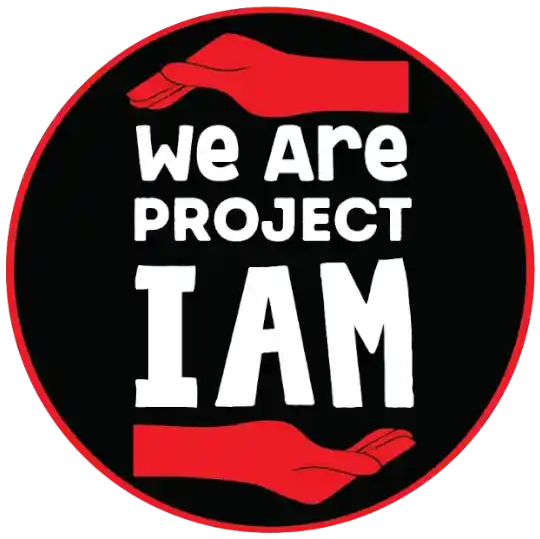“If you put all of your resources into the emergency solutions [such as] shelters, you remove the problem from the public eye… You maybe — on a very modest level — improve outcomes [but] the rates of homelessness and the ability for people to exit homelessness really has everything to do with the availability and affordability of housing for low-income folks.”
— Dr. Margot Kushel, Director of the University of California San Francisco Benioff Homelessness and Housing Initiative
A record-high 653,104 people experienced homelessness on a singe night in January 2023. This is more than a 12.1% increase over the previous year. From 2019-2023, the number of people who entered emergency shelter for the first time increased more than 23%.
Special Populations. Historically, policymakers and practitioners at every level of government have focused special attention on specific subpopulations.
Decision-makers are often concerned about children and young people due to their vulnerability. People in families with children make up 30 percent of the homeless population. Unaccompanied youth (under age 25) account for six percent of the larger group.
People experiencing “chronic homelessness” belong to another group that often singled out for attention. These individuals have disabilities and have also: 1) been continuously homeless for at least a year; or 2) experienced homelessness at least four times in the last three years for a combined length of time of at least a year. Chronically homeless individuals are currently 19 percent of the homeless population.
Finally, due to their service to our country, veterans are often analyzed separately from the larger group. They represent only six percent of people experiencing homelessness.
Populations Most at Risk. Although the homeless population is diverse, some subgroups are more likely to find themselves without a place to call home. Risk is significantly tied to gender, race, and ethnicity
- Adult Male: Approximately 61% of people experiencing homelessness identify as men. Men of color in particular make up the majority of individuals experiencing homelessness.
- Adult Female: Despite representing a smaller share of overall homelessness, people who identify as women increased by 12.1% since 2022 and 11.4% since 2015.
- Youth:
- On a single night in 2020, 34,210 unaccompanied youth were counted as homeless. Of those, 90 percent were between the ages of 18 to 24. The remaining 10 percent (or 3,389 unaccompanied children) were under the age of 18.
- 50 percent of homeless youth are unsheltered — sleeping outside, in a car, or someplace not meant for human habitation.
- The Alliance estimates that over the course of a year, approximately 550,000 unaccompanied youth and young adults up to age 24 experience a homelessness episode of longer than one week. More than half are under the age of 18.
